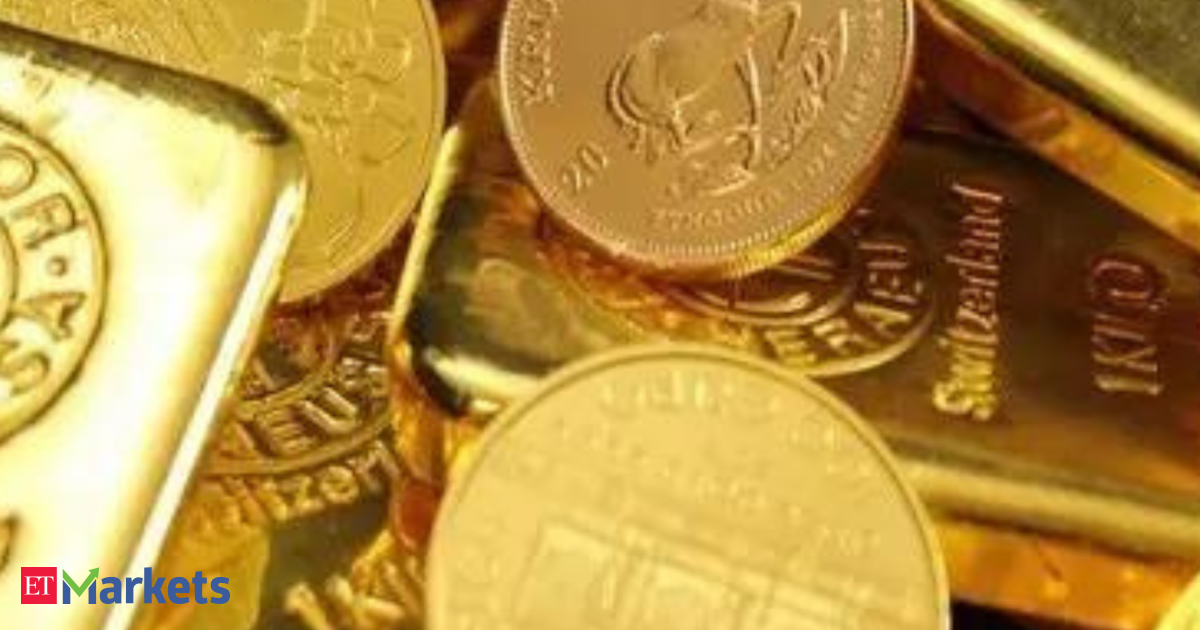And to help you assess the risk-reward associated with gold investing, we studied the past 15-year price data (from 31st March 2010 to 31st March 2025) of gold and also compared it with equities, which is often considered to be one of the riskiest asset classes. Here’s what we found:
- Over the past 15 years, gold has delivered an annualized return of 10.73% as compared to 12.49% from equities and over the 5-year period ending 31st March 2025, gold has delivered a CAGR of 14.03% vs 26.23% return in equities. A significantly higher return in equities over the past five years is also on account of lower base five years back, post the covid led market fall. This also reflects in the performance of equities in the previous five year period, i.e. from March 2015 to March 2020, which was one of the worst periods for equities with an annualized return of just 1.29% vs 9.65% in gold.
- In terms of downside risk, the maximum drawdown (maximum loss) that a gold investor would have experienced during this 15-year period is 29.47% – from 28th August 2013 to 31st July 2015. In comparison, the maximum drawdown in equities was 38.11% during the beginning of the covid pandemic which was 17th January 2020 to 23rd March 2020.
- More importantly, while gold may be a little less volatile than equities, unlike the common perception of gold being a safe-haven asset, it does exhibit reasonably high volatility, especially when compared to less volatile or safer asset classes such as fixed income. The 15-year annualized volatility of gold at 14.95% is only marginally lower than volatility of 17.11% in equities.
- What’s interesting, however, is that there has been a negative correlation between equities and gold, which makes it a great asset class to complement equities, in order to reduce overall portfolio volatility and improve risk adjusted performance. The 15-year correlation between the two asset classes is -0.22.
 ETMarkets.com
ETMarkets.comData source: Ace MF, NSE. Performance of gold is represented by NAV of Nippon India ETF Gold BeES and performance of equities is represented by Nifty 500 TRI. Annualized volatility is calculated as standard deviation of the monthly returns multiplied by square root of 12. The volatility in gold prices in INR is influenced by various factors including international gold prices, dollar movement vs INR, import duty, taxes, etc. Past performance is not an indicator of future results.
The golden takeaway for investors
While gold is often seen as a safe haven, the historical data on volatility and drawdowns suggest it’s not without risk. However, its negative correlation with equities makes it an interesting asset class for diversification, helping smooth out overall portfolio performance. As such, investors will do well not to go overboard with gold exposure but to have a 10-20% allocation as a smart complement to equity and fixed income holdings in the portfolios.
(The author Nilesh D Naik is Head of Investment Products, Share.Market (PhonePe Wealth). Views are own)(Disclaimer: Recommendations, suggestions, views and opinions given by the experts are their own. These do not represent the views of the Economic Times)








